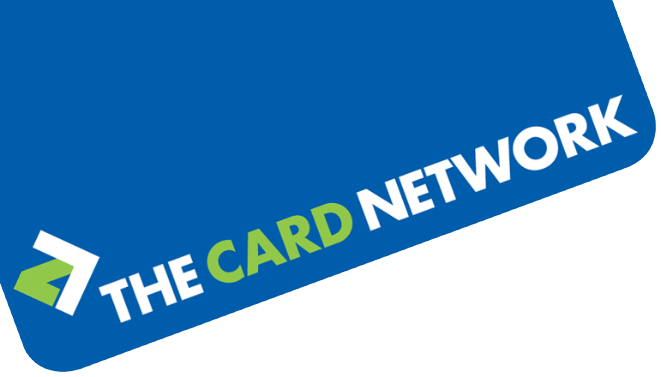RFID cards, also known as contactless cards or smart cards, are used in multiple applications worldwide. Chances are, you use one when you pay for your shopping, tap onto the bus reader or gain access to the office or your gym.
RFID cards don’t need contact with a reader to work; you just wave your card in front of the reader. You’ll spot which cards are RFID cards by the contactless symbol which is similar to the WiFi logo: a series of three to five lines, usually at the top right of the card.
RFID smart cards have become a mainstay of many industries; identity management, access control, transportation, finance and payments – you name it, there’s an RFID card for it.
What exactly is an RFID card?
RFID cards contain a chip within them that is embedded and not visible to the naked eye.
RFID stands for Radio Frequency Identification. Basically it means that data is transferred digitally (sent and received) from the chip contained within the card through the use of non-contact radio waves.
RFID cards allow for a secure transfer of the digitally stored data due to their compatibility – the reader the RFID card is used with must contain the keys that are used for encrypting the data within the card.
If the data is transferred effectively, the 'action' is completed - whether that's opening a door, validating your ticket or recording a purchase 'event' on your account.
An antenna is also embedded in the body of the RFID card to allow radio frequencies to transfer between the card and the reader – without this the RFID card is unable to send and receive signals to RFID tags.
How do RFID cards work?
It’s a surprisingly simple process. The RFID card is brought into the electromagnetic field of the reader, which activates the chip and allows it to be read.
Upon activation, a wireless connection is established between the RFID card and the reader to allow the data to transfer.
Energy is transferred to the card to activate the embedded chip ➡️ Signals are transferred from the reader to the RFID card ➡️ Data is transferred from the reader to the card ➡️ Digitally stored data from the card is transferred to the reader ✅
How many types of RFID card are there?
More than you’d think – RFID cards are split in to three frequency ranges, low, high and ultra-high, whilst each RFID can be either active, passive or semi-passive.
We’ll break down the frequencies first…
- Low Frequency RFID Cards (30 KHz to 300 KHz)
Low frequency cards have both a slower and shorter read rate when compared to high or ultra-high frequencies.
The upside to this is that low frequency RFID cards are far less susceptible to interference due to their longer wavelength.
- High Frequency RFID Cards (3 to 30 MHz)
High frequency cards have a longer read range when compared to low frequency RFID cards – whilst also having higher memory capabilities.
High frequency RFID is moderately sensitive when it comes to interference, passing through most materials apart from water and dense metals.
- Ultra-High Frequency (300 MHz to 3GHz)
Ultra-high frequency RFID cards is the most sensitive to interference – with 20 times the range and speed of high frequency.
When compared to both low and high frequency, the ultra-high data transfer rate makes it ideal for applications that need to read multiple items at once.
Active, Passive and Semi-Passive RFID Cards
Active:
✅ Battery boosts signal strength
✅ Tend to have a longer read range
Passive:
✅ Inactive until radio signal from reader
✅ Energy from reader activates RFID tag
Semi-Passive:
✅ Contain a battery but do not transmit a signal
✅ Battery only used to turn the tag on once a signal is received
RFID cards offer a simple, secure method of communication for many applications, digitally storing data whilst protecting personal information.
Search our RFID Card range.
Not sure what type of access control or RFID card you need for your system? Read our guide.








